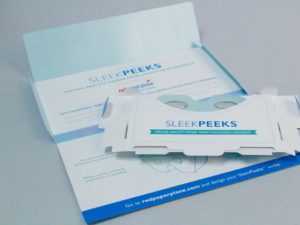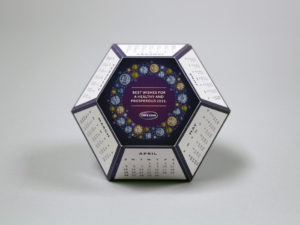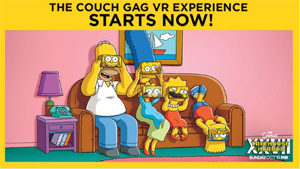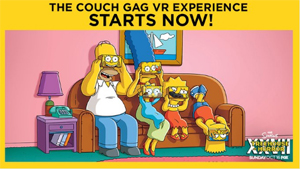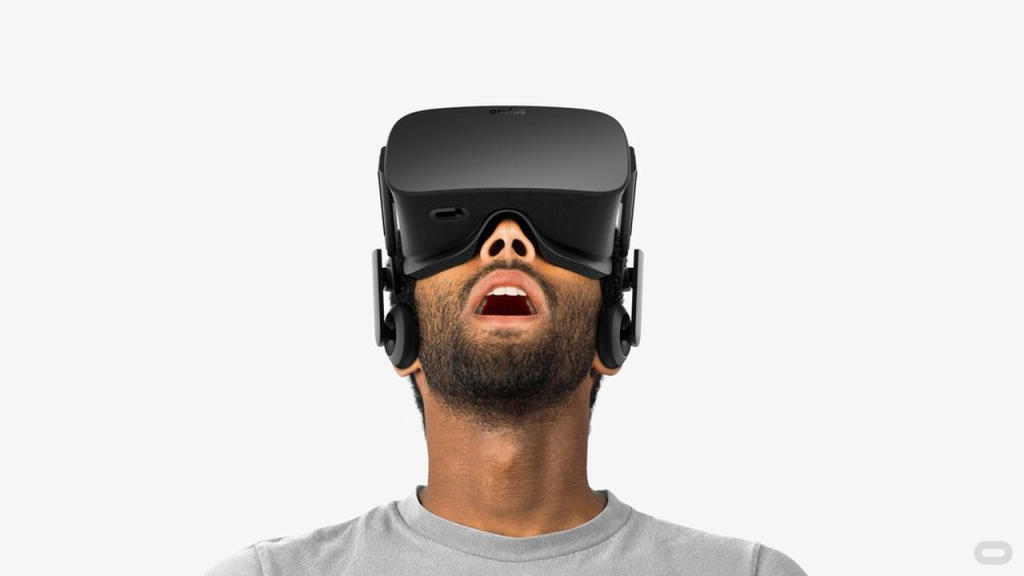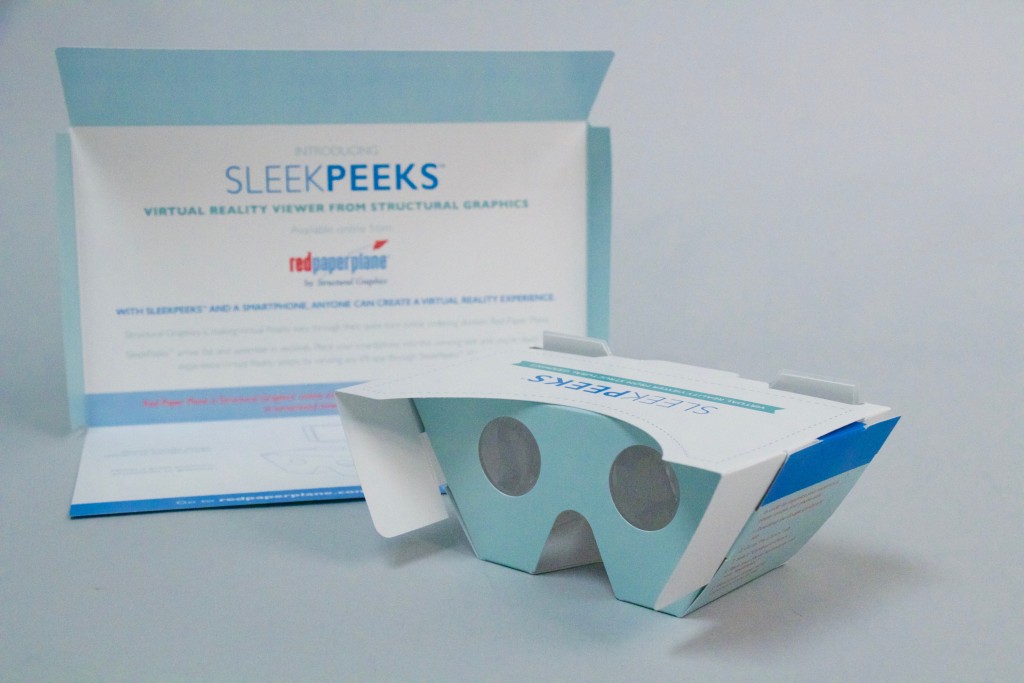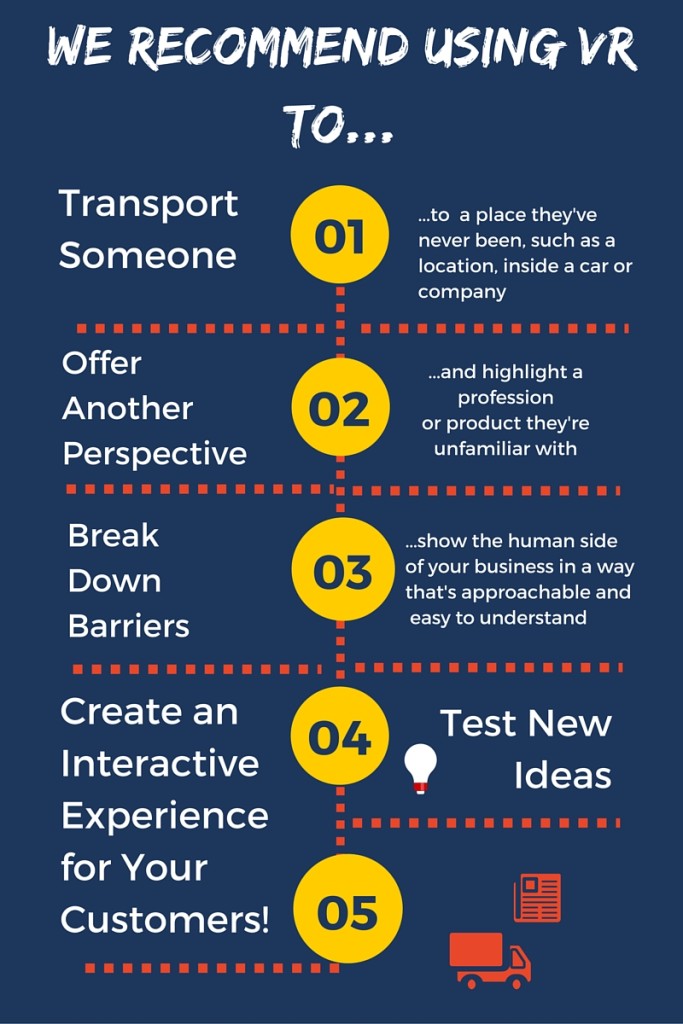As we delve into another year, Structural Graphics looks back at some of the most effective dimensional print projects we worked on in 2017, from SleekPeeks® to disco balls (and even a mini planetarium!).
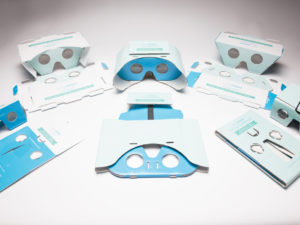 SleekPeeks®
SleekPeeks®
The introduction of SleekPeeks®, inexpensive virtual reality headsets created by Structural Graphics, made it possible for brands like Porsche and USPS to deliver the ultimate interactive experience to their audience.
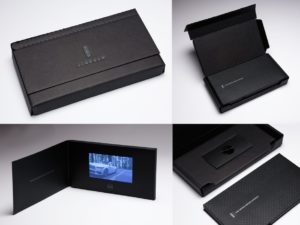 Lincoln Video Mailer
Lincoln Video Mailer
At the National Postal Forum in May 2017, our high-end video mailer for The Lincoln Motor Company’s “See it First” campaign was selected as the Grand Champion Award winner of the Irresistible Mail Awards trophy. The Irresistible Mail Awards is a USPS program that highlights mail pieces that increase engagement through innovative design, print or digital technologies. Structural Graphics structurally designed and hand assembled the piece.
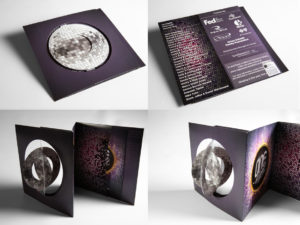 Disco Ball Invitation
Disco Ball Invitation
Featured as the 60-second Super-cool Fold of the Week, our “Simply Cool Swinging Disco Ball Accordion Invitation” was designed and produced for the Regional One Health Foundation. They used this mailer to invite people to their annual ONE Night Fundraiser. The invitation shipped flat, but the paper die-cut spheres on the cover immediately twirl in succession when you open up the mailer to create the illusion of a dimensional disco ball.
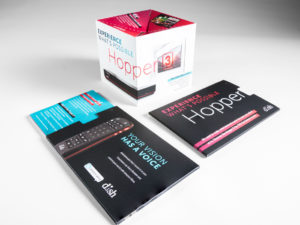 Dish Network Pop Up Cube
Dish Network Pop Up Cube
Used as a unique handout at the CES Show in Las Vegas, this pop up cube was delivered inside a half-sleeve, giving the recipient a sneak peek of what was on the inside. As the cube slides out, it immediately pops into shape delivering information about Dish Network’s award-winning DVR, The Hopper®. Click here to see it in action!
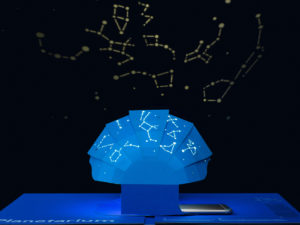 This Book is a Planetarium
This Book is a Planetarium
In her newest book, “This Book is a Planetarium,” designer, innovator, and author Kelli Anderson takes commonly known mechanisms and replicates them through pop-up paper designs. Kelli came up with the initial engineering in her studio and then reached out to the team at Structural Graphics to make the Planetarium piece in the book production-ready. When you place the flashlight of your smartphone underneath the Planetarium dome, the constellations are displayed as if you were viewing them in the night’s sky.
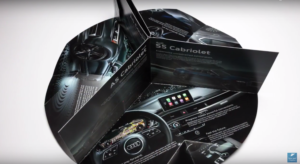 Audi Pop-Up Brochure
Audi Pop-Up Brochure
Our Circle Pop-Up Brochure Mailer that we designed for Audi and their printer, Hennegan, was awarded Silver in the “Dimensional Printing” category of the Gold Ink Awards. Presented by Printing Impressions, The Gold Ink Awards is the industry’s most prestigious print competition. It’s open to all creators and producers of printed materials, and encompasses nearly 50 categories within commercial printing, magazines, books, catalogs, digital printing and packaging.
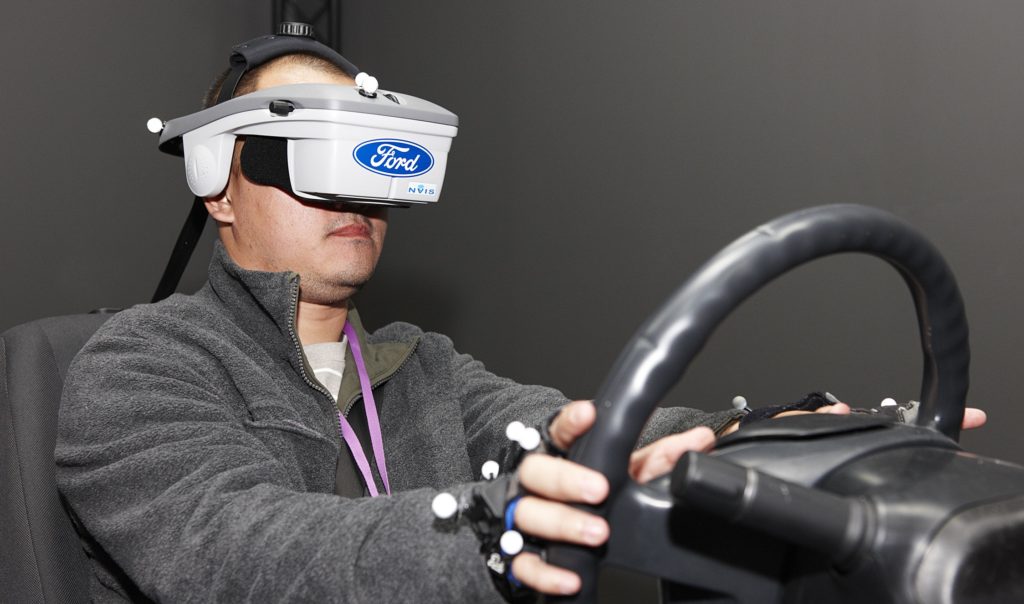
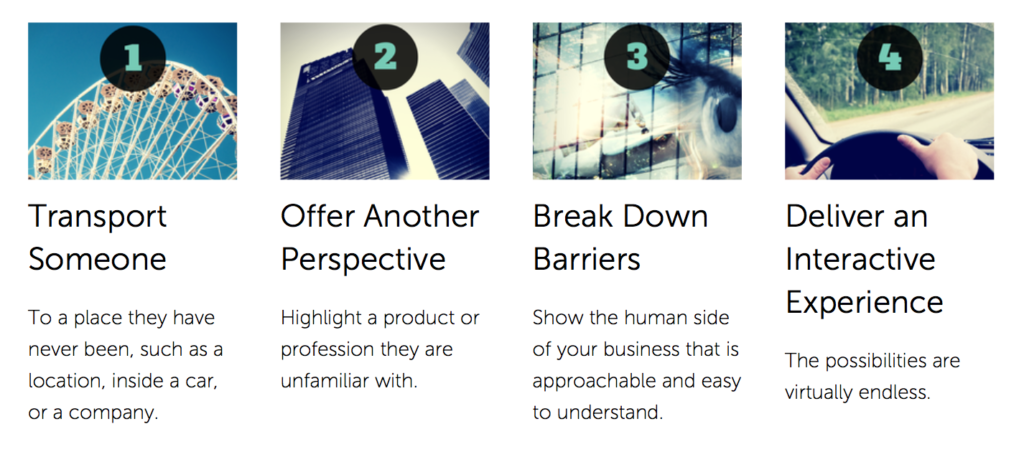 How are Virtual Reality Headsets Different Today?
How are Virtual Reality Headsets Different Today?